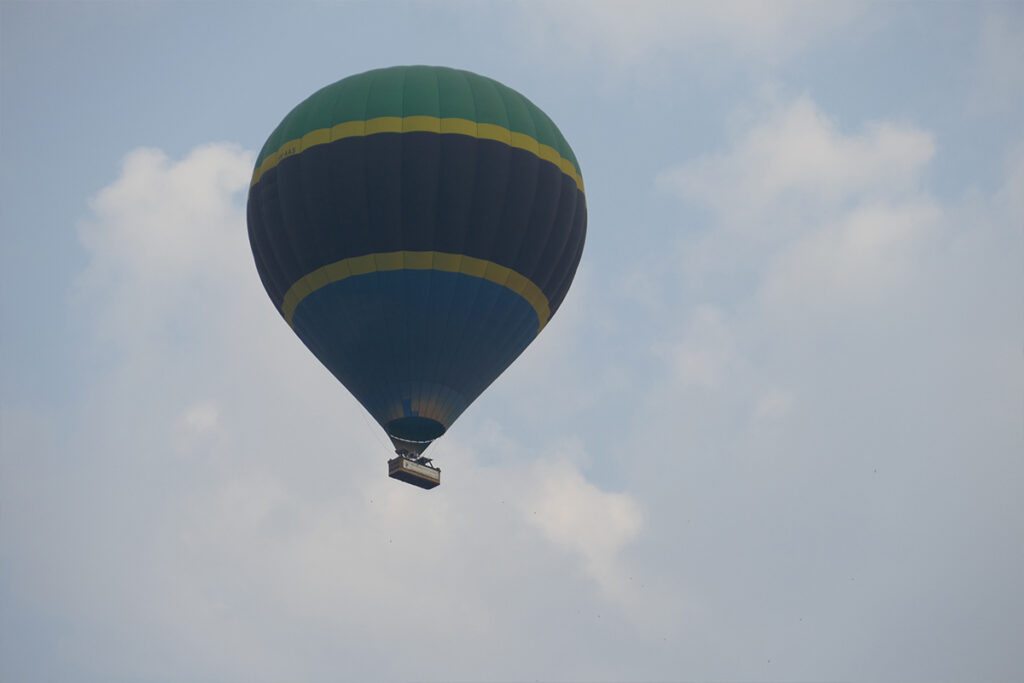
Peak vs. Off‑Peak: Best Months to Secure Your Kilimanjaro Trek
Climbing Kilimanjaro is a dream for many adventurers. When planning your trek, choosing between peak and off-peak seasons is essential. Peak months like June to October and December to February offer dry weather, making the trail safer and the views spectacular. However, these months also see larger crowds. Booking early is crucial if you prefer these months.
During off-peak months, such as March to May and November, the weather can be more unpredictable. There might be heavier rains, which can make the trails muddy. Yet, you will find fewer trekkers, providing a more solitary experience. It’s a trade-off between solitude and weather conditions.
The best time to climb heavily depends on what you’re looking for. If you enjoy socializing and meeting other trekkers, the peak season is for you. Conversely, if solitude and a quieter trail appeal to you, consider the off-peak times. Both seasons offer unique experiences.
Regardless of the season, it’s essential to prepare adequately. Sia Yangu Safari recommends packing proper gear for all weather conditions. This includes layering clothing, waterproof items, and sturdy boots. Proper preparation ensures a safe and memorable trek up Kilimanjaro.
Optimal Trekking Conditions: Months to Consider
Choosing the best months to trek Kilimanjaro is critical. The ideal months fall between January to mid-March and June to October. These periods offer the most stable weather conditions. With less rain and clear skies, the views are breathtaking. Wildlife sighting in January and February is also an added bonus.
The dry season from June to October is the most popular. This period sees a high number of climbers due to the pleasant weather. It also coincides with holidays for many people overseas. This makes planning easier. However, it does mean more crowds on the trails.
The wet seasons in March to May and November can be more challenging. While these months may offer quieter trails, the weather can be less predictable. Rains can make the trek slippery and harder to navigate. But the landscape turns lush and green, and the atmosphere is serene. Sia Yangu Safari advises coming prepared for all weather scenarios.
Regardless of when you choose to trek, it’s important to monitor weather forecasts. Being aware of potential weather changes will help you pack appropriately. It’s always good to bring layers and waterproof gear. That way, you’re prepared for any trek conditions. Kilimanjaro is an adventure worth taking at any time of year.
Factors Influencing Your Trekking Experience with Sia Yangu Safari
Several factors can influence your trekking experience with Sia Yangu Safari. One key aspect is the season you choose for your trek. As mentioned before, peak seasons offer favorable weather but more crowds. On the other hand, off-peak seasons bring quieter trails but unpredictable weather. Deciding on the best time to trek greatly affects your journey.
Your physical fitness level plays a huge role. Kilimanjaro isn’t just a casual hike; it requires preparation. Training ahead of time with cardio and strength exercises is recommended. This ensures you can handle the altitude and strenuous trekking days. Sia Yangu Safari provides fitness tips to help trekkers get ready.
Another significant factor is the gear you bring. Proper clothing, shoes, and equipment can make or break your trek. Here are some essentials you should pack:
- Waterproof jacket
- Warm layers
- Hiking boots
- Headlamp
- Sleeping bag
Packing appropriately ensures you’re ready for different weather conditions and helps you stay comfortable throughout the journey.
Your guide’s experience is also crucial. Seasoned guides from Sia Yangu Safari know the mountain well. They can offer advice, help with acclimatization, and ensure your safety. Choosing a reliable guide service ensures you have support at every step. It also enhances the overall trekking experience, providing peace of mind.



